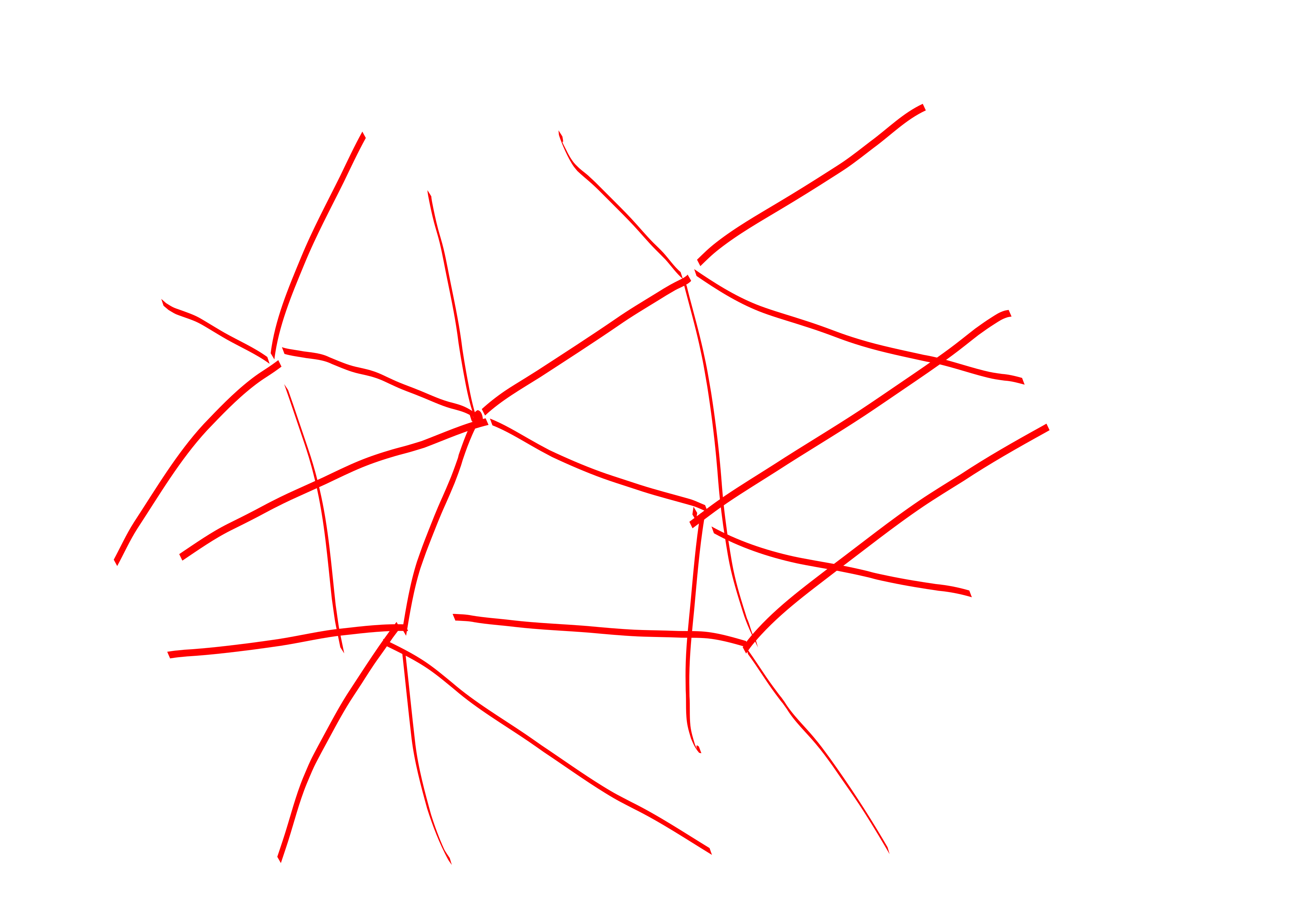Ok so spectral graph theory refers to studying graphs by looking at their eigen-stuff. First, an important theorem: Spectral Theorem: A symetric real matrix (i.e. \(A^{\dagger} = A\))
- has real eigenvalues,
- has an orthonormal eigenbasis!
Having an orthonormal eigenbasis is really op.
Ok briefly let’s talk about norms; this is important:Proposition. Let \(v\in \mathbb{R}^n\).
Let \(|v|_1 = \sum |v_i|\) denote the \(\ell_1\) norm of \(v\) (if we just write \(|v|\) we mean \(|v|_1\)) and A \(||v||_2 = \sqrt{\sum v_i^2}\) denote the \(\ell_2\) norm of \(v\) (if we just write \(||v||\) we mean \(||v||_2\)), and \(|v|_{\infty} = \max_i |v_i|\) denote the \(\ell_{\infty}\) norm of \(v\).
Then, \[|v|/\sqrt{n} \leq ||v|| \leq |v|\] Because crow’s distance is shorter than taxicab distance, but not by more than a factor of \(\sqrt{n}\) (this extreme is achieved by a vector with all components equal).
Also, \[|v|_{\infty} \leq ||v|| \leq \sqrt{n}|v|_{\infty}.\] Because just do the math.
Definition. A \(n\) vertex \(d\) regular graph is a graph where each vertex has degree \(d\).
Note that if you feel like it you can make any graph into a regular graph by adding a bunch of self loops. We probably want a pretty low degree graph though generally.
Consider a symmetric stochastic matrix \(A\) arising as the adjacency matrix of an undirected \(n\) vertex \(d\) regular graph. Yay, spectral theorem says that it is orthonormally-diagonalizable.
Note that \(\mathbf{1} /n\), the uniform distribution, i.e. \((1/n, 1/n, \ldots)\) is an eigenvector for \(A\) with eigenvalue \(1\). Ok so that’s a boring eigenvector though. It turns out that generally the second largest eigenvalue is pretty interesting.
Claim. All eigenvalues of \(A\) are at most \(1\) in absolute value.
Well, think about: \(A^k = V \Lambda^k V^{-1}\). If \(A\) had an eigenvector \(|\lambda_i| > 1\), then \(\Lambda^k\) would blow up. But \(A^k\) doesn’t blow up, it’s super nice and still a stochastic matrix: multiplying the matrix corresponds to taking more steps in your path. Anyways, so there is no way that \(A\) has huge eigenvectors.
Definition. \(\lambda(G)\) is the second largest eigenvalue.
Spectral gap is \(1-\lambda(G)\).
So having a spectral gap means that if you random walk a bit you get to the uniform distribution. Here’s a Lemma that says this more better.
Lemma. \[||A^k p - \mathbf{1}/n || \leq \lambda ^k\] for any \(|p| = 1\), where \(\lambda\) is the second largest eigenvalue of \(A\), which is a symmetric stochastic matrix.
In other words, if you start with a probability distribution \(p\) over the vertices and random walk for \(k\) steps, then you are pretty dang close to the uniform distribution, especially if \(\lambda \ll 1\).
Proof. Well, this is really asking \[\max_{v\perp \mathbf{1}, ||v||\leq 1} ||A^k v||\]
Because orthonormal change of bases are norm preserving, we can just think about this relative to the eigen-basis for \(A\), but then it is abundantly clear that \(\lambda^k\) is an upper bound for this thing.
Definition. ok, so we can see that it would be nice if we had a graph with a large spectral gap. Such a graph is called an expander.
We can talk about expander families algebraically, parameterized by \((n,d,\lambda)\), or combinatorially. The combinatorial definition basically says
that for all small sets of vertices \(S\), i.e. \(|S| < n/2\), they have a bunch of edges out of them. We can parametrize this to a family \((n,d,\rho)\) with \[|E(S, \bar{S})| \geq d\rho |S|.\]
Ok, so what’s all the hype about expanders?
So far the coolest thing I know about expanders is that they can reduce the number of random bits you need when doing probability amplification. More precisely
Theorem. Imagine that you had an algorithm with one sided error that had probability of success \(1/2\) and required the use of \(m\) random bits.
We can obviously amplify it to have probability of success \(1/2^k\) by running it \(k\) times. Naively this would require \(m\cdot k\) random bits.
But using expander magic we can get away with only \(m + O(k)\) random bits and still amplify the probability of success up to \(2^{-\Omega(k)}\).
Proof. ok actually the proof is maybe a little complicated,
but the idea is super simple: just take an expander with \(n = 2^m\) vertices (each encoding a binary string of length \(m\)) and degree \(d \in O(1)\) and then step along the expander to get your random bits.
If the probability of success for the algorithm is at least \(1/2\), then at most \(n/2\) of the vertices of the graph are “bad coins”. And sufficiently long walks in expanders start to look pseudorandom pretty fast with exponentially good probability.
Any ways this is all to say, expanders can fake randomness pretty well.

ok. So you might be wondering. Um. Can you give me an actual example of an expander family. That’s a good question. That would seem to be important if you wanted to do stuff with expanders. Stay tuned.
